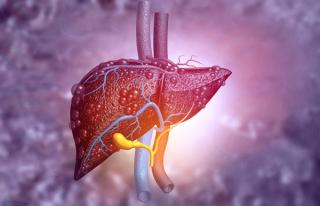
Hepatitis/MASH
Latest News

Latest Videos

CME Content
More News

Challenges faced by individuals living with HIV include weight gain, cardiovascular risks, and healthy aging strategies.


Y-90 resin microspheres offer a new option for patients with liver cancer for the treatment of unresectable hepatocellular carcinoma.

The expansion marks glecaprevir/pibrentasvir as the first and only indicated direct-acting antiviral approved for acute hepatitis C virus (HCV) infection.

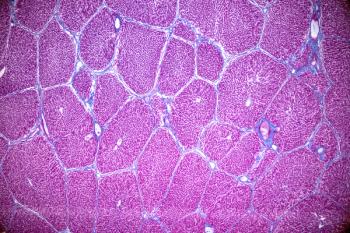
The investigators suggested that blocking VPS72’s interactions can be a foundation for future therapeutic interventions.

New treatments for metabolic dysfunction-associated steatohepatitis (MASH)–related cirrhosis address unique challenges in drug development.

The test offers health care professionals a simple and efficient method of identifying patients with liver fibrosis of varying severity.
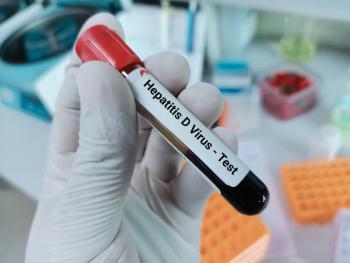
The authors believe the results may serve as a foundation for hepatitis D virus (HDV) testing among hepatitis B virus surface antigen (HBsAg)-positive specimens.

A pharmacist champion enhances access to resmetirom for treating MASH, demonstrating the importance of coordinated specialty care in medication approval.

About 62.9% of patients with metabolic dysfunction–associated steatohepatitis (MASH) receiving semaglutide experienced resolution of steatohepatitis without worsening of fibrosis.

In chronic hepatitis B (CHB) mouse models, the ferritin nanoparticle-preS1 (ferritin-NP-preS1) with small interfering RNA (siRNA) showed 100% and sustained serum HBsAg over an approximate 11-month period.
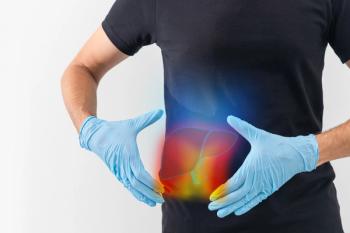
In the treatment of metabolic dysfunction-associated steatohepatitis (MASH), engineered extracellular vesicles helped mitigate disease progression and did not compromise bone density.

The investigators’ hypothesis is supported by phase 2 trial data in which hydronidone resulted in significant reversal of liver fibrosis in patients with chronic hepatitis B (CHB).

The in vivo gene editing program is designed to eliminate cccDNA and inactive integrated hepatitis B DNA.
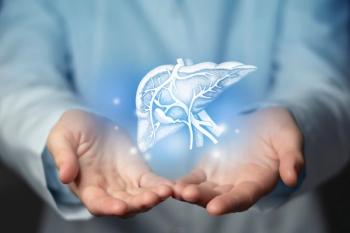
Strategies for rescuing PTPRD function in diseased livers could provide potential therapeutic options, according to the study authors.
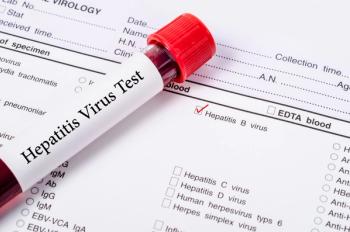
The prevalence of hepatitis D virus (HDV) antibody positivity was about 0.24% in patients with chronic hepatitis B virus (HBV).

Among the 9 surface disinfectants studied, only 2 demonstrated a reduction in viral titer below the limit of detection.
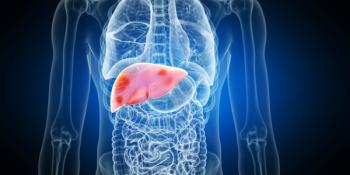
Currently, BEAM-302 is undergoing a phase 1/2 clinical trial to evaluate its efficacy in patients with alpha-1 antitrypsin deficiency (AATD) who have lung disease and liver disease.

The hepatitis B core-related antigen (HBcrAg) rapid diagnostic test was more timely and showed a stronger sensitivity and specificity compared with other testing methods.

Patients with chronic hepatitis B (CHB) who received the Hecolin hepatitis E virus (HEV) 3-dose regimen had a somewhat low incidence of local and systemic adverse events.
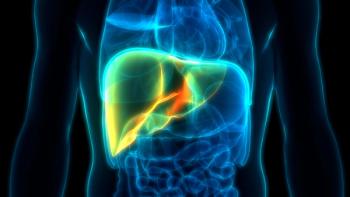
DC646 had a strong safety profile, targeted intestinal FXR, and disrupted FXR-co-activator interactions in metabolic dysfunction-associated steatohepatitis (MASH).

Untargeted lipidomics identified a glycerophospholipid and sphingolipid signature that differentiated severe alcohol-related hepatitis (sAH) from decompensated cirrhosis (DC).

A team of clinical and academic experts from the Association of Anaesthetists produced a consensus statement outlining the key components to minimizing the impact of harmful alcohol intake in the surgical population.

Patients with metabolic dysfunction-associated steatohepatitis (MASH) receiving 300 mg of vitamin E daily presented improved steatosis, lobular inflammation, and fibrosis stages.





